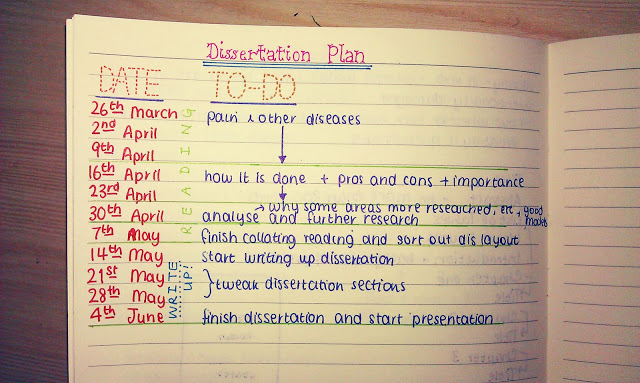In academic writing, the term “5000 word dissertation structure” is used for describing a kind of structure that is used. The structure has been created in order to allow students to finish their academic papers. The way it works is quite simple actually. For every 5000 words you write, you must first write 5000 words about the topic of your study. By writing the bulk of your paper this way, you will save time. This article will show you how to make this process easier.
A 5000 word dissertation structure
Defining Main Topic
First, begin by defining your main topic. It can be a matter of world history, social science, technology, or religion. You will need to determine what aspects interest you most. After you have decided on the main topic, look at all the literature you have on that topic.
Research Essay
The next step involves writing a research essay. In this essay, you will write about what you have learned so far and what you hope to learn in the future. The main topic should not appear in the Essay Introduction; however, you should mention it towards the end of the essay. Do not waste time here by merely describing your main topic. Instead, spend one paragraph stating why you believe this is your main topic and why you have written this essay.
Body
Next, write your body with the facts gathered from your research papers. These include quotes, diagrams, charts, and pictures. You should also include some additional research on your main topic if you can locate it. Do not plagiarize anything when writing this part of the dissertation because you may find yourself with a paperweight. Save all quotes, charts, and pictures in MS Word.
Thesis Statement
In the middle of your writing, you should construct the rest of the thesis statement. The thesis statement is simply the main point of your paper and the entire point of your paper. In fact, the thesis statement can be the longest part of your writing. However, it should be organized in the correct way to ensure that everything makes sense. Do not start writing the thesis statement until you have read and understood your entire document.
Organize Notes
Once the writing has been completed, you will need to organize your notes. Your notes should include your main topic, any additional research that you did, and any additional supporting evidence that you are able to find. The idea behind the arrangement of your writing is that you are presenting your ideas in an orderly fashion to support your main topic. You should start with the most important information first so that your reader does not have to search through numerous documents for the data that they are interested in.
After the thesis statement has been completed, you should close your introduction. This will give a clear summary of what your paper is about as well as the reasoning behind your argument. It will also summarize any appendices that you included in your writing. Any appendices should be included with the conclusion so that the reader can understand them and see how they fit into your arguments. The final step in writing your essay is the conclusion.
Conclusion
The conclusion will summarize everything that you wrote in the previous sections of the paper. Writing a good conclusion is necessary because it gives a good reason as to why your main topic is important and the rest of the research can be linked back to the main topic. The introduction and the thesis statements are what make up the bulk of your writing. As you go through the writing process, you will learn about how and when to use each section and what should go where.
Follow the above guideline for making 5000 word dissertation structure to save your time and deliver your 5000-word dissertation on time.
5000 word Dissertation Structure Breakdown
A 5000-word dissertation typically follows a structured format to ensure clarity and coherence. Here’s a breakdown of how the word count can be allocated across different sections of the dissertation:
1. Title Page (Not Included in Word Count)
- Content: Includes the dissertation title, your name, course, university, and date.
- Word Count: Not included in the total word count.
2. Abstract (150-250 words)
- Content: A concise summary of the research, including the problem, methodology, main findings, and conclusion. It should give the reader an overview of the dissertation.
- Word Count: 150-250 words.
3. Introduction (500-600 words)
- Content: Introduces the research topic, outlines the research question, objectives, and significance of the study. This section also sets the context and provides an overview of the structure of the dissertation.
- Word Count: 500-600 words.
4. Literature Review (1000-1200 words)
- Content: A comprehensive review of existing research and theories relevant to your topic. This section identifies gaps in the literature that your research aims to address. It discusses key theories, models, and prior studies, critically evaluating their contributions and limitations.
- Word Count: 1000-1200 words.
5. Methodology (600-800 words)
- Content: Describes the research design, methods, and techniques used to collect data. It explains the rationale behind the choice of methods (qualitative, quantitative, or mixed methods), data collection tools (surveys, interviews, etc.), and how data was analyzed. Ethical considerations should also be mentioned.
- Word Count: 600-800 words.
6. Data Analysis/Results (800-1000 words)
- Content: Presents the findings from your data collection, often using tables, charts, or graphs for clarity. The section should focus on describing and interpreting the data without drawing final conclusions (those are for the discussion section).
- Word Count: 800-1000 words.
7. Discussion (800-1000 words)
- Content: Interprets the results in the context of the research question and literature reviewed. It explains how the findings align with or differ from previous studies and explores their implications for theory, practice, or policy.
- Word Count: 800-1000 words.
8. Conclusion (300-400 words)
- Content: Summarizes the key findings of the dissertation, reflects on the research objectives, and provides recommendations based on the results. It also discusses the study’s limitations and suggests areas for future research.
- Word Count: 300-400 words.
9. References/Bibliography (Not Included in Word Count)
- Content: Lists all the sources cited throughout the dissertation, following the required citation style (APA, Harvard, etc.).
- Word Count: Not included in the total word count.
10. Appendices (Not Included in Word Count)
- Content: Includes supplementary materials like surveys, interview transcripts, raw data, and other relevant documents.
- Word Count: Not included in the total word count.
Total Word Count Breakdown:
- Abstract: 150-250 words
- Introduction: 500-600 words
- Literature Review: 1000-1200 words
- Methodology: 600-800 words
- Data Analysis/Results: 800-1000 words
- Discussion: 800-1000 words
- Conclusion: 300-400 words
Total: Approximately 5000 words (excluding references and appendices).
Similar Post:
- Dissertation word count and its breakdown
- Master Dissertation word count and its breakdown
- Dementia dissertation topics in nursing
- Critical Care Nursing Research Topics ideas with examples
- Adult Nursing Dissertation Topics ideas with examples
- Tourism Marketing Dissertation Topics ideas and examples
- Supply chain management dissertation topics and Ideas






